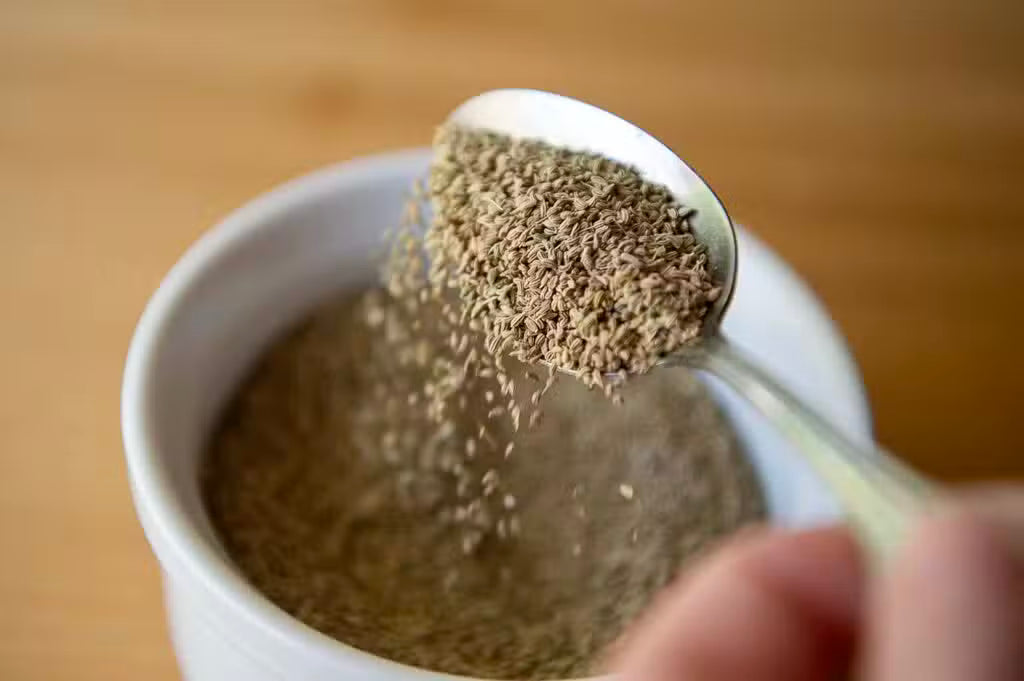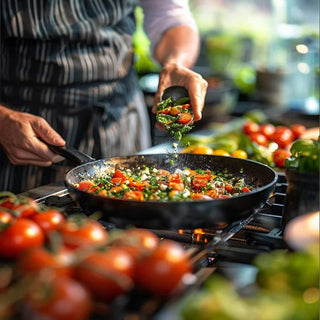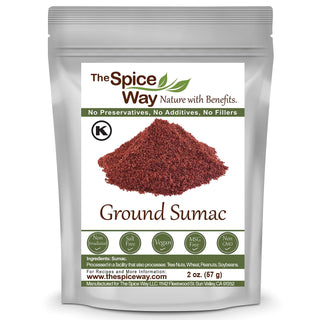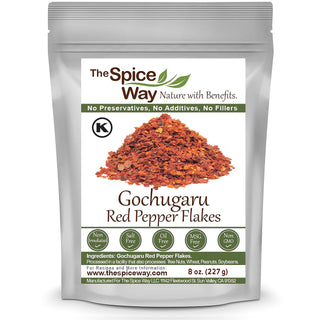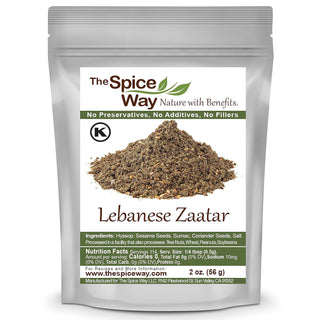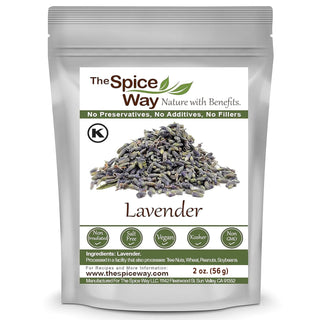If you’ve ever bitten into an Indian paratha or a crispy pakora and noticed a warm, thyme-like aroma with a sharp, peppery edge, you’ve likely tasted Ajwain seeds.
Also known as carom seeds, these tiny, ridged seeds pack more flavor than their size suggests and are a staple in kitchens across South Asia and the Middle East.
In this guide, we’ll explore what ajwain seeds are, their flavor profile, origin, and how to incorporate them into your cooking — complete with pairing suggestions, preparation tips, and recipe ideas.
What Are Ajwain Seeds?
Ajwain seeds are the dried fruits of the Trachyspermum ammi plant, part of the Apiaceae family, which also includes cumin, fennel, and dill.
They’re small, oval, and ridged, with a pungent, herbaceous flavor that’s often compared to thyme, but sharper and more intense.
Key attributes:
-
Color: Light brown to gray-green
-
Shape: Oval with vertical ridges
-
Flavor: Thyme-like, peppery, and slightly bitter
-
Aroma: Strong, herbaceous, with a warming scent
-
Texture: Firm when raw, softer after cooking
Where Do Ajwain Seeds Come From?
Ajwain is native to the Eastern Mediterranean region and is widely grown in India, Iran, Egypt, and Afghanistan today.
In India, Rajasthan and Gujarat are leading producers, and the spice plays a central role in regional cooking.
Historical use:
-
Ancient trade records show ajwain moving along spice routes between the Middle East and South Asia.
-
In Mughal kitchens, ajwain appeared in rich breads and meat dishes.
-
Persian cuisine incorporated ajwain into stews and rice dishes for a herbal, aromatic lift.
What Do Ajwain Seeds Taste Like?
Ajwain tastes bold, herbaceous, and slightly bitter — somewhere between thyme and oregano, but with a sharpness that stands out even in small amounts.
The flavor is most intense when raw but mellows and deepens when cooked.
Taste profile:
-
Primary note: Herbal sharpness similar to thyme
-
Secondary note: Peppery heat and mild bitterness
-
Aftertaste: Warm, lingering aroma that coats the palate
Because of its potency, ajwain is used in small quantities — often just a pinch or two in a dish.
How Are Ajwain Seeds Used in Cooking?
Ajwain is versatile and appears in breads, fried snacks, legumes, and spice blends. It can be used whole or lightly crushed to release more aroma.
1. In Flatbreads and Doughs
Ajwain adds complexity to breads like parathas, puris, and naan.
-
Technique: Mix whole or crushed seeds directly into the flour before kneading.
-
Benefit: The heat of cooking releases aroma into the bread.
2. In Lentil and Bean Dishes
Ajwain balances the earthiness of lentils and legumes.
-
Examples: Dal tadka, chana masala, rajma.
-
Tip: Fry seeds in hot oil or ghee before adding onions or other aromatics.
3. In Fried Snacks
Ajwain is common in pakora, bhaji, kachori, and samosa fillings.
-
Why it works: It cuts through fried richness with herbal sharpness.
-
Pair with: Cumin, coriander, and chili powder.
4. In Pickles and Chutneys
Ajwain’s bold flavor holds up in brines and spice pastes.
-
Indian pickles: Often combined with mustard seeds, fenugreek, and chili.
-
Chutneys: Enhances tomato, tamarind, or green herb chutneys.
5. In Tempering (Tadka)
Ajwain seeds can be tempered — fried briefly in hot oil or ghee — to release their flavor at the start of cooking.
-
Works well in vegetable stir-fries, curries, and stews.
-
Best used with medium heat to avoid burning.
How to Prepare Ajwain Seeds Before Cooking
-
Dry roast: Brings out nutty undertones and softens sharpness.
-
Lightly crush: Use a mortar and pestle to release aroma before adding to dough or spice mixes.
-
Bloom in fat: Heat seeds in oil or ghee for 10–15 seconds until aromatic.
Ajwain in Regional and Cultural Cuisines
India:
-
Rajasthan: Ajwain in spicy mathri biscuits and masala puris.
-
Punjab: Ajwain in parathas, pakoras, and paneer curries.
Middle East:
-
Often used in spice blends for grilled meats and vegetable stews.
North Africa:
-
Incorporated into bread doughs alongside cumin and sesame.
What Spices and Ingredients Pair Well with Ajwain?
Spices: Cumin, coriander, fennel, black pepper, chili powder.
Herbs: Cilantro, mint, dill.
Base ingredients: Potatoes, lentils, chickpeas, tomatoes, onions.
Cooking fats: Ghee, mustard oil, sunflower oil.
People Also Ask (PAA) Quick Answers
What are ajwain seeds used for in cooking?
Ajwain seeds are used to add a bold, thyme-like flavor to breads, fried snacks, lentil dishes, pickles, and spice blends.
Can you eat ajwain seeds raw?
Yes — ajwain can be eaten raw in small amounts, but its flavor is very strong and sharp.
What is the best way to cook with ajwain?
The best method is to fry or roast ajwain seeds briefly to release aroma before adding other ingredients.
Recipe Ideas with Ajwain Seeds
1. Ajwain Paratha
-
Mix ½ teaspoon ajwain seeds into whole wheat dough.
-
Roll out, cook on a hot griddle with ghee until golden.
2. Spiced Potato Pakoras
-
Add ajwain seeds to chickpea flour batter with cumin and chili powder.
-
Coat potato slices and deep-fry until crisp.
3. Tomato-Ajwain Chutney
-
Fry ajwain seeds in oil, add chopped tomatoes, salt, and chili.
-
Cook until thick; serve with dosa or idli.
4. Ajwain Pickled Carrots
-
Slice carrots into batons, mix with mustard oil, ajwain seeds, salt, and chili powder.
-
Leave to marinate for 2–3 days.
How to Store Ajwain Seeds
-
Container: Airtight glass jar.
-
Location: Cool, dark cupboard away from direct sunlight.
-
Shelf life: Whole seeds retain potency for up to 12 months; ground ajwain loses aroma faster.
Ajwain in Spice Blends
Ajwain is rarely the main spice in a blend but plays a supporting role in:
-
Panch phoron (Bengali five-spice mix) – sometimes substituted for fennel.
-
Chaat masala – balances tangy, salty notes.
-
Paratha masala – adds depth to stuffed bread fillings.
Final Takeaway
Ajwain seeds may be small, but their flavor is anything but subtle.
Whether kneaded into bread dough, tempered in hot oil, or stirred into a spiced chutney, they bring sharp herbal notes and warmth that stand out in any dish.
For best results, use them sparingly, store them well, and pair them with complementary spices to get the most from their bold character.
